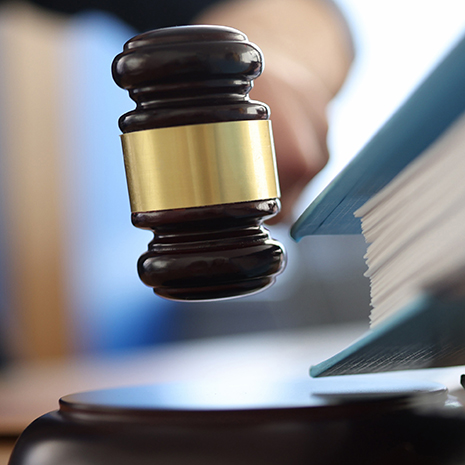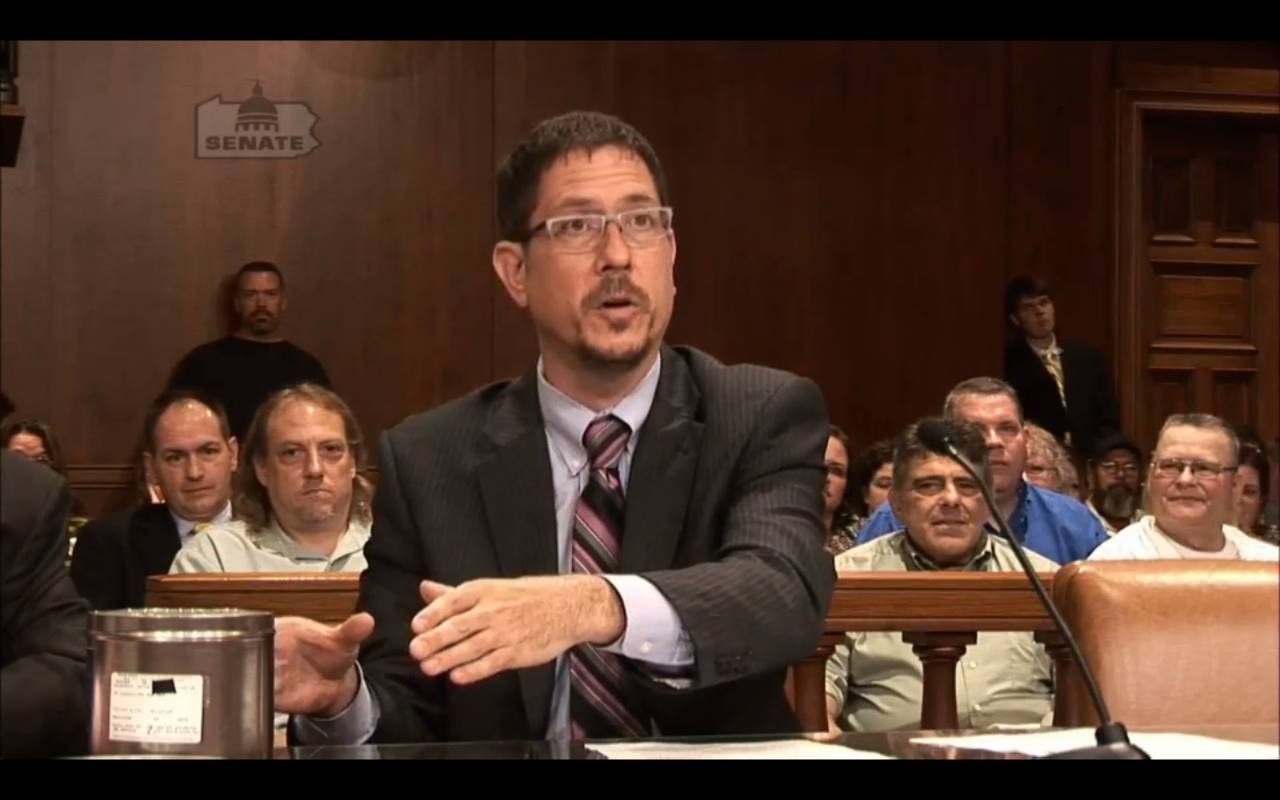Finest Federal Appeal Lawyers: Getting Justice in Federal Appeals
Finest Federal Appeal Lawyers: Getting Justice in Federal Appeals
Blog Article
Demystifying the Refine of Federal Appeals: What You Required to Know
Browsing the elaborate realm of government allures can typically appear like passing through undiscovered waters for those unfamiliar with the process. Comprehending the subtleties of appellate court jurisdiction, the details of filing a notice of appeal, providing an engaging brief, and making a convincing oral debate are essential components that can considerably influence the outcome of a case. By unwinding the layers of intricacy surrounding federal allures, people can acquire a more clear insight into the devices that control this important stage of the lawful system.
Understanding Federal Appeals Process
Digging right into the complex realm of the federal charms process introduces a structured and systematic trip through the judicial system. Federal allures work as a vital system for assessing choices made by lower courts. Comprehending this process is vital for any individual included in lawful procedures at the government level.
The procedure typically starts with an event dissatisfied with a reduced court's judgment filing a notice of appeal. This triggers a review by a higher court, where a panel of judges assesses the lawful arguments provided by both parties. Briefs outlining the lawful thinking behind each celebration's position are sent, and dental debates might be heard to clarify complicated issues.
The appellate court's choice is based upon an extensive examination of the reduced court's procedures and the debates presented. The judges do not focus but reexamine realities on whether lawful mistakes took place that influenced the lower court's choice. When the appellate court gets to a choice, it can affirm, reverse, remand, or modify the reduced court's judgment, providing clearness and finality to the legal disagreement. Recognizing this process is important for navigating the complexities of federal charms effectively.
Appellate Court Territory Described
As we proceed from comprehending the federal allures procedure to studying the ins and outs of appellate court jurisdiction, a basic facet emerges regarding the authority and limits of these higher courts in the lawful landscape. Appellate court jurisdiction describes the extent of cases that a certain appellate court has the power to assess and choose upon. Unlike trial courts that listen to instances for the initial time, appellate courts are limited to examining choices made by lower courts. These choices can consist of judgments from both state and federal courts.
Appellate courts have jurisdiction over particular sorts of situations, typically those involving legal mistakes, procedural problems, or concerns of law instead than factual disagreements. The jurisdiction of appellate courts is typically laid out in laws and legislations that regulate the court system. Comprehending appellate court jurisdiction is important for celebrations associated with the appeals procedure as it establishes whether an instance is qualified for testimonial and the level to which the appellate court can interfere in the reduced court's decision.
Declaring a Notice of Appeal
The preliminary action in commencing the government charms process entails federal appeal lawyers in maine submitting a Notice of Allure with the proper appellate court. This crucial record officially notifies the court and the other parties included in the situation that the appealing celebration means to look for an evaluation of the reduced court's decision. Submitting a Notification of Appeal is a strict procedural requirement that sets the appellate process in activity.
When preparing the Notification of Appeal, it is crucial to ensure conformity with the details rules and guidelines of the relevant appellate court. federal crime attorney. The document has to usually include info such as the case name, the lower court's name, the date of the judgment being appealed, and a concise statement indicating the grounds for the charm

Briefing and Oral Argument
In the appellate procedure, providing created briefs and taking part in dental debates play essential roles in advocating for the appealing celebration's position before the appellate court. Briefs are thorough legal records that lay out the parties' debates, lawful authorities, and analysis sustaining their settings. These created submissions give the court with a detailed understanding of the facts of the situation, the relevant law, and why the appealing party thinks the lower court's choice should be overturned.
Following the submission and evaluation of the briefs, oral arguments provide the celebrations a possibility to more clarify their positions, address any type of questions the appellate judges may have, and emphasize bottom lines from their written briefs. Oral disagreements are a chance for the attorneys to encourage the courts with verbal advocacy and actions to inquiries from the bench.
Both the created briefs and dental disagreements are critical parts of the appellate process, permitting parties to offer their instance completely and compellingly before the appellate court. - federal crime lawyer
Obtaining the Appellate Court Choice
The appellate court's choice is usually supplied in a composed layout and outlines the court's verdicts on the legal concerns presented, the thinking behind their choice, and the judgment made. The time structure for obtaining the appellate court's choice can vary, but courts strive to offer prompt resolutions. Whether the appellate court affirms, reverses, or remands the lower court's decision, recognizing the effects of the ruling is essential for all celebrations entailed in the appellate process.
Conclusion
Comprehending the appellate court territory, filing a notice of appeal, preparing briefs, and providing dental debates are all vital parts of this procedure. Eventually, receiving the appellate court decision can give quality and resolution to legal conflicts.
As we progress from recognizing the government charms procedure to dissecting the intricacies of appellate court jurisdiction, a basic aspect comes to light pertaining to the authority and restrictions of these higher courts in the legal landscape. Appellate court jurisdiction refers to the scope of situations that a specific appellate court has the power to choose and examine upon. Unlike trial courts that hear situations for the very first time, appellate courts are limited to reviewing choices made by reduced courts. Understanding appellate court territory is important for celebrations included in the allures process as it establishes whether a situation is eligible for testimonial and the degree to which the appellate court can interfere in the lower court's decision.

Report this page